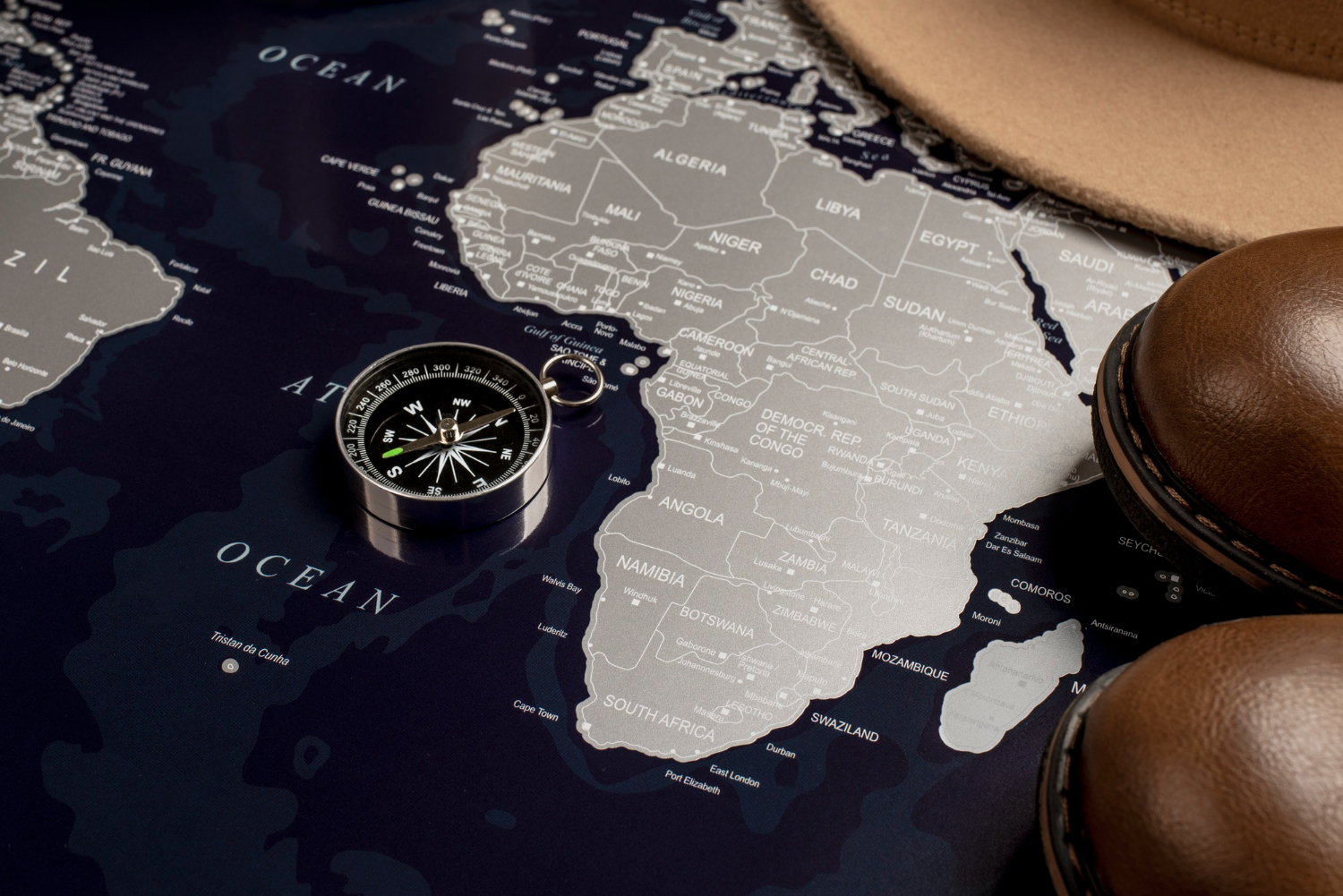
Introduction
The safety and effectiveness of law enforcement and military operations in Africa have been significantly influenced by the availability and quality of protective gear. This case study examines the current status of protective gear across various African nations, highlighting the challenges, advancements, and impact on security forces.
Background
African countries face a wide range of security challenges, including terrorism, civil unrest, and organized crime. The effectiveness of security forces in addressing these threats is often hampered by inadequate protective gear. However, recent efforts to upgrade equipment and adopt modern protective gear have started to show positive results.
Objectives
- Assess Current Protective Gear Status:
- Evaluate the availability and quality of protective gear among security forces in key African countries.
- Identify Challenges:
- Understand the barriers to acquiring and maintaining high-quality protective gear.
- Highlight Advancements:
- Showcase successful initiatives and improvements in protective gear deployment.
- Measure Impact:
- Analyze the impact of improved protective gear on the effectiveness and safety of security operations.
Current Status of Protective Gear
- Varied Quality and Availability:
- The quality and availability of protective gear vary widely across African countries. While some nations have access to modern equipment, others struggle with outdated and insufficient gear.
- Key Countries Examined:
- Kenya:
- Recent investments have improved the quality of gear, particularly for anti-terrorism and special forces units.
- Nigeria:
- Facing significant threats from Boko Haram and other insurgent groups, Nigeria has focused on upgrading its protective gear, though challenges remain in widespread deployment.
- South Africa:
- South Africa boasts relatively better-equipped police and military forces, but there are disparities within different units.
- Mali:
- Mali’s security forces, involved in ongoing conflict with jihadist groups, have seen gradual improvements in gear through international aid and training programs.
- Kenya:
Challenges
- Financial Constraints:
- Limited budgets restrict the ability to purchase high-quality protective gear and maintain existing equipment.
- Supply Chain Issues:
- Difficulties in sourcing reliable suppliers and the high cost of importing gear present significant obstacles.
- Training and Maintenance:
- Insufficient training on the proper use and maintenance of protective gear reduces its effectiveness and longevity.
- Corruption and Mismanagement:
- Misallocation of funds and resources can lead to inadequate distribution and substandard gear reaching frontline personnel.
Advancements
- International Aid and Partnerships:
- Collaborations with international organizations and countries have facilitated the provision of modern protective gear and training. For example, the African Union and United Nations have supplied gear to peacekeeping forces in conflict zones.
- Local Manufacturing Initiatives:
- Efforts to establish local manufacturing capabilities are beginning to reduce dependency on imports and lower costs. Countries like South Africa and Kenya are leading in this area.
- Technological Innovations:
- Adoption of advanced materials and technologies, such as lightweight ballistic fibers and integrated communication systems, is gradually improving the quality of protective gear.
Impact on Security Forces
- Enhanced Safety:
- Improved protective gear has significantly reduced casualties and injuries among security personnel in high-risk operations.
- Operational Effectiveness:
- Better-equipped forces are more effective in their operations, leading to successful missions and improved public safety.
- Morale and Confidence:
- The availability of reliable protective gear boosts the morale and confidence of security personnel, enhancing their overall performance.
- Case Example: Nigerian Police Force
- Context:
- Facing severe threats from insurgent groups, the Nigerian police force received upgraded body armor and helmets through a partnership with international organizations.
- Impact:
- The upgraded gear provided critical protection during numerous operations, reducing officer fatalities and enabling successful interventions against insurgents.
- Context:
Conclusion
The status of protective gear in Africa is a mixed picture, with significant disparities between countries and even within different units of the same security forces. However, advancements through international aid, local manufacturing, and technological innovation are beginning to address these challenges. The positive impact of improved protective gear on safety, operational effectiveness, and morale underscores the importance of continued investment and focus on equipping Africa’s security forces with high-quality protective gear. Moving forward, addressing financial, supply chain, and training challenges will be crucial in ensuring the widespread availability and effectiveness of protective gear across the continent.
This case study highlights the current landscape of protective gear in Africa, emphasizing the critical need for continued efforts to enhance the equipment and training of security forces to better address the continent’s diverse security challenges.